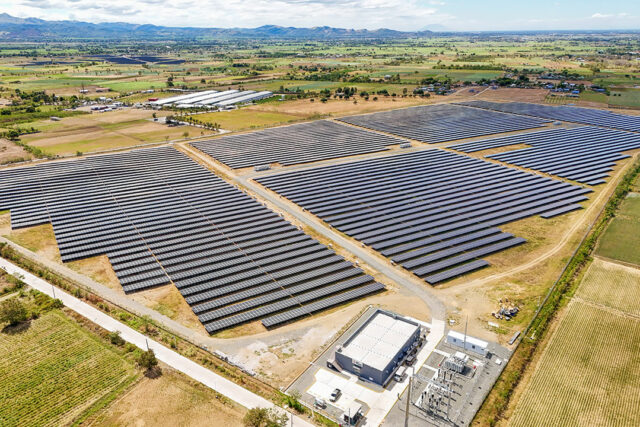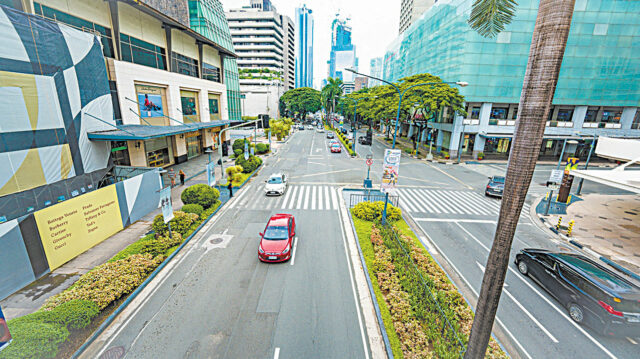MGen expects to surpass RE target ahead of 2030
MERALCO PowerGen Corp. (MGen), the power generation subsidiary of Manila Electric Co. (Meralco), expects to surpass its 1,500-megawatt (MW) renewable energy (RE) target well before 2030, citing a strong project pipeline.
In the next two years, MGen’s RE portfolio is expected to reach 3,397 MW, a substantial increase from its current net sellable capacity of 334.5 MW, according to the company.
With the anticipated expansion, MGen President and Chief Executive Officer Emmanuel V. Rubio signaled plans to scale up further.
“We’re setting a new target,” he said at Meralco’s briefing last week but did not provide further details.
MGen, through its renewable energy unit MGen Renewable Energy, Inc. (MGreen), expects to add at least 82 megawatts alternating current (MWac) of capacity this year from three solar plants.
MGreen recently energized the 19.8-MW Bongabon Solar Power Project in Nueva Ecija. It is also developing a 50.1-MWac solar plant in Cordon, Isabela, and expanding an existing solar facility in Baras, Rizal, by 12.6 MWac.
By next year, solar projects with a combined capacity of 2,200 MWac are expected to come online, including the 450-MW Lasso Solar Project and Phase 1 of the MTerra Solar Project, which will add 1,750 MWac.
By 2027, MGen expects an additional 750 MWac from Phase 2 of the MTerra Solar Project, further strengthening its portfolio.
For other technologies, MGen is set to deliver an additional 73 MW by 2028 from the expansion of its existing coal-fired power plant in Toledo, Cebu.
With a current net sellable capacity of 800 MW, the company is projected to reach 1,570 MW by 2030 through the gas-fired power projects of its subsidiary, PacificLight Power Pte. Ltd., in Singapore.
As part of its strategic investments in liquefied natural gas (LNG), MGen is expanding its latest portfolio of 2,475 MW with the expected completion of a 432-MW expansion of Excellent Energy Resources, Inc. by 2029.
This follows MGen’s investment in the country’s largest and most expansive LNG facility in partnership with San Miguel Corp. and Aboitiz Power Corp.
In 2024, MGen delivered a total of 15,300 gigawatt-hours of energy, a 7% increase from the previous year.
“As we closed another year of significant strategic growth and operational excellence, MGen remains committed to delivering reliable and sustainable energy solutions. The successful expansion of our conventional and renewable portfolios, alongside major acquisitions and strategic partnerships, strengthens our position as a leader in the power generation industry,” Mr. Rubio said.
Meralco’s controlling stakeholder, Beacon Electric Asset Holdings, Inc., is partly owned by PLDT, Inc. Hastings Holdings, Inc., a unit of PLDT Beneficial Trust Fund subsidiary MediaQuest Holdings, Inc., has an interest in BusinessWorld through the Philippine Star Group, which it controls. — Sheldeen Joy Talavera


















